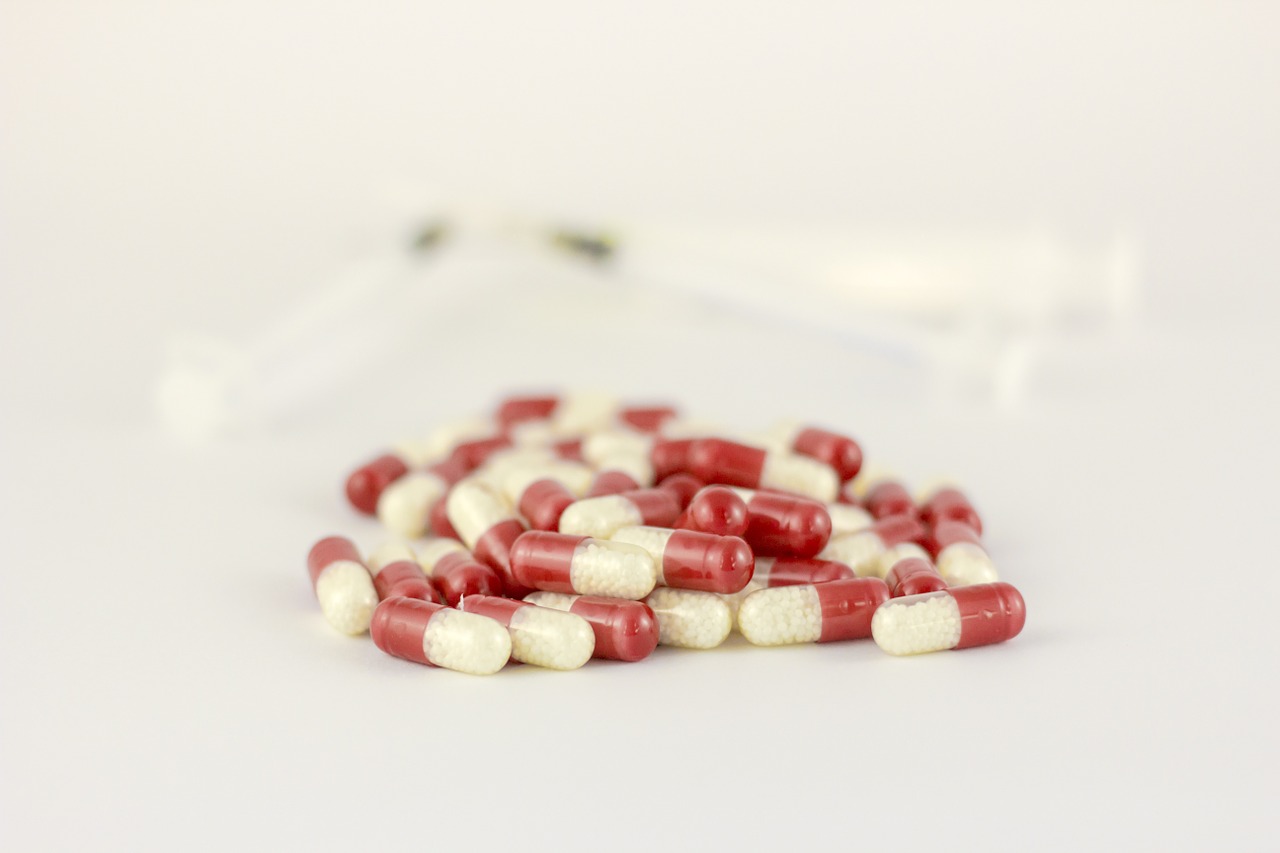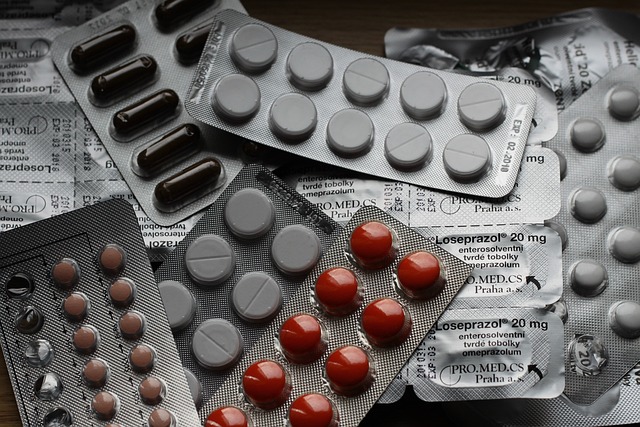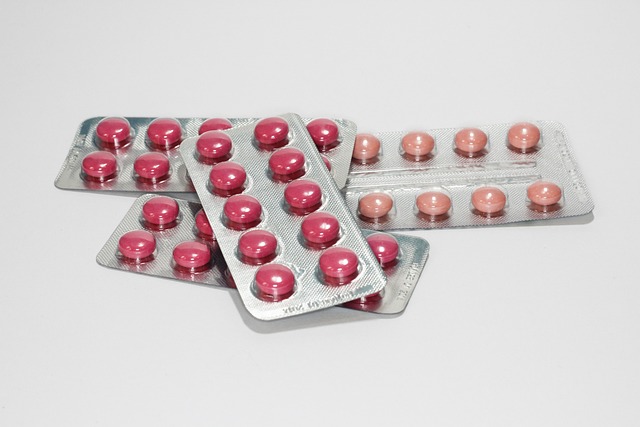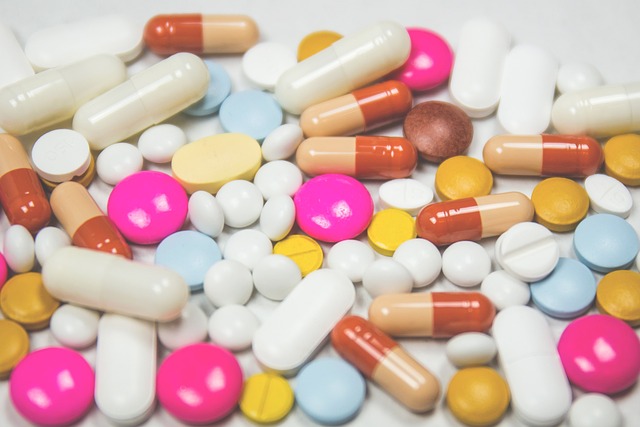Podcast: Play in new window | Download (Duration: 16:37 — 7.6MB) | Embed
On this episode of the Real Life Pharmacology podcast, I discuss drugs 31-35 of the top 200 drugs.
Ethinyl estradiol/drospirenone is a combined oral contraceptive used for birth control purposes.
Hydralazine is a direct vasodilatory that can be used for hypertension and heart failure.
Benztropine is an older anticholinergic medication originally indicated for Parkinson’s disease but most commonly used to manage EPS symptoms from dopamine-blocking agents such as antipsychotics.
Tussionex is a combination medication of chlorpheniramine and hydrocodone. It is used to help alleviate cough.
Paroxetine is an SSRI used for the treatment of depression, anxiety, and other psychiatric disorders.
Be sure to check out our free Top 200 study guide – a 31 page PDF that is yours for FREE!
Support The Podcast and Check Out These Amazing Resources!
Meded101 Guide to Nursing Pharmacology (Amazon Highly Rated)
Guide to Drug Food Interactions (Amazon Best Seller)










